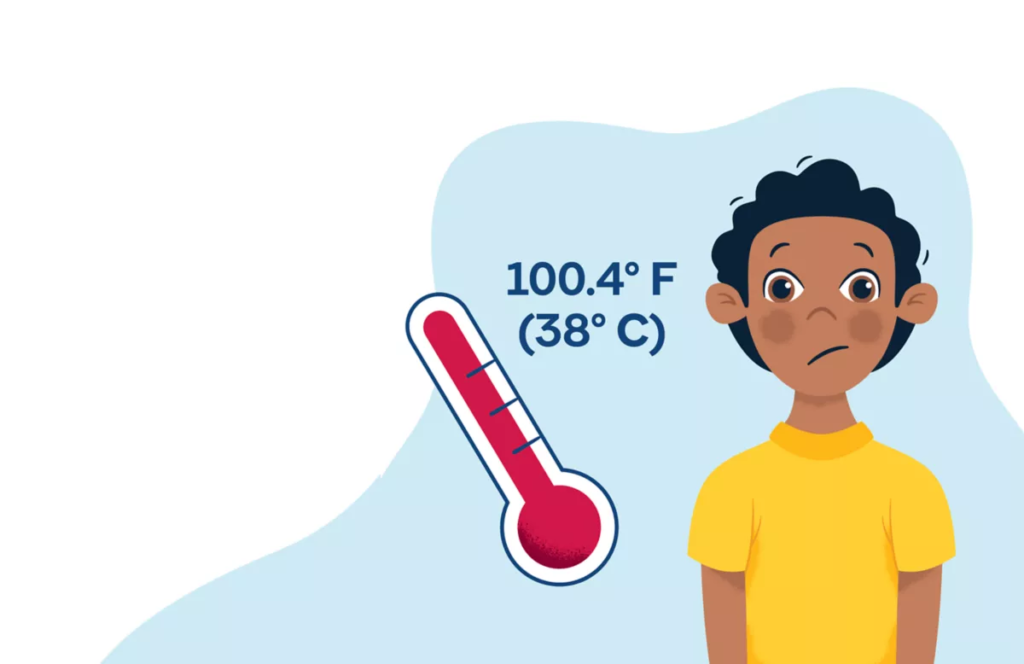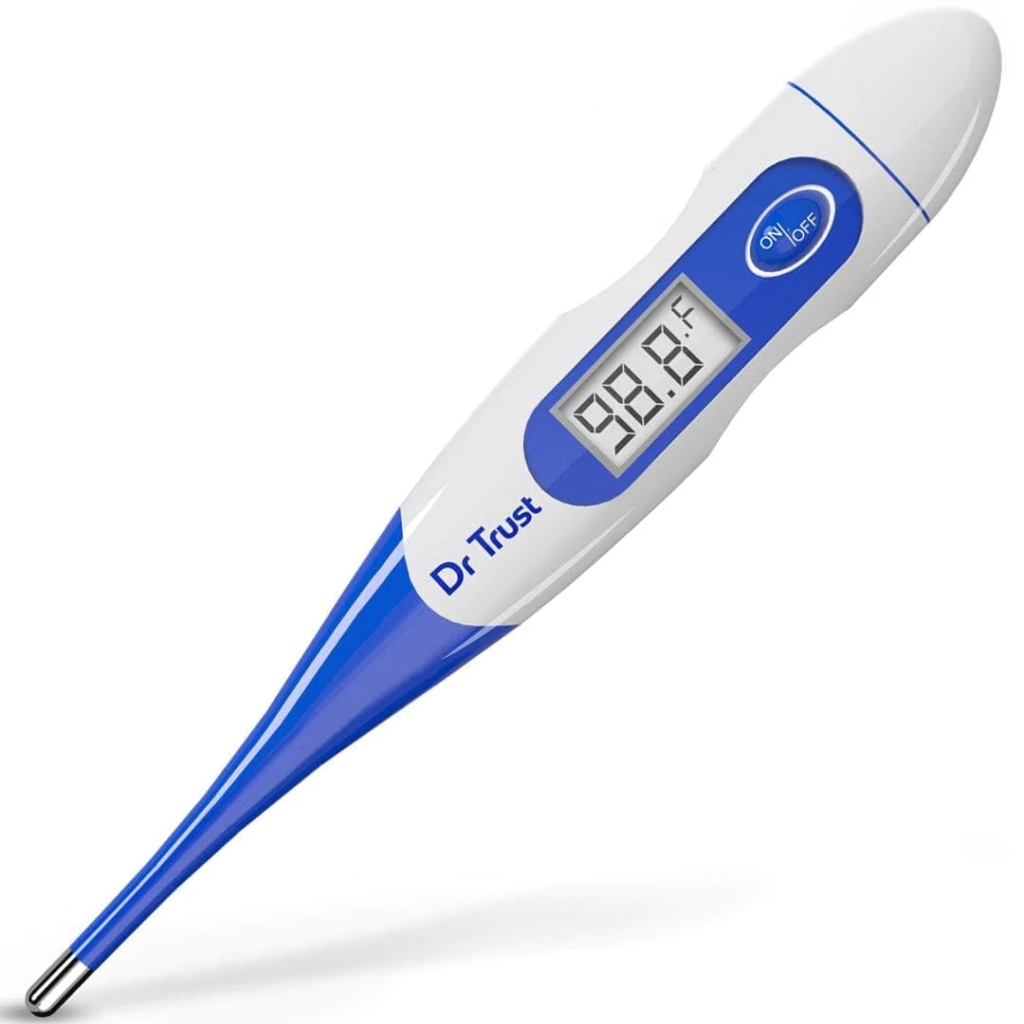GDA Nursing Class Notes 3
BODY TEMPERATURE:-
Body temperature refers to the average internal temperature of a living organism, typically measured in degrees Celsius (°C) or Fahrenheit (°F). It is an essential physiological parameter that reflects the balance between heat production and heat loss in the body.
In humans, the normal body temperature is usually considered to be around 98.6°F (37°C) when measured orally.

Body temperature can be measured using various methods, including:
- Oral: Measuring temperature under the tongue using a thermometer.
- Rectal: Inserting a thermometer into the rectum.
- Axillary: Placing a thermometer under the armpit.
- Groin: Placing a thermometer in the groin.
- Vagina: Inserting a thermometer into the vagina.

FEVER:-
Fever, also known as pyrexia, is a temporary increase in body temperature that is often a response to an infection, inflammation, or other underlying medical conditions. It is a common symptom of various illnesses and is the body’s natural defense mechanism to combat infections and promote immune responses. Fever is usually characterized by a body temperature above the normal range, which is around 99°F (37.2°C) when measured orally.

THERMOMETER
A thermometer is a medical device used to measure body temperature accurately. It’s an essential tool for monitoring health and identifying fever or hypothermia. There are various types of thermometers available, each with its own method of measuring temperature. Here are some common types of thermometers:
1. A mercury thermometer is a traditional type of thermometer that uses mercury as the temperature-sensing element. It consists of a glass tube with a bulb at one end and a small amount of mercury inside. As the temperature changes, the mercury inside the tube expands or contracts, allowing for temperature measurement.

2. A digital thermometer is a modern temperature-measuring device that uses electronic sensors to provide quick and accurate temperature readings. These thermometers are widely used in various settings, including households, medical facilities, and laboratories.

3. An infrared thermometer, also known as a non-contact thermometer or IR thermometer, is a device that measures temperature without physically touching the object or person being measured. It works by detecting the infrared radiation (heat) emitted by the object and converting it into a temperature reading. Infrared thermometers are widely used in various fields, including medical, industrial, culinary, and environmental applications.

HOW TO MEASURE BODY TEMPERATURE
Measuring your body temperature accurately is important for assessing your health. There are several methods to measure body temperature, including oral, rectal, axillary. Here’s a general procedure for measuring body temperature using each of these methods:
1. Oral Method:
- Wash your hands with soap and water before handling the thermometer.
- Ensure that the thermometer is clean and in working condition.
- Place the thermometer under your tongue, close your mouth, and breathe through your nose.
- Keep the thermometer in place until it beeps or signals that the measurement is complete.
- Remove the thermometer and read the temperature displayed.

2. Axillary (Underarm) Method:
- Wash your hands with soap and water.
- Dry your armpit thoroughly to ensure accurate readings.
- Place the thermometer under your arm and press your arm against your body.
- Keep the thermometer in place until it beeps or signals that the measurement is complete.
- Remove the thermometer and read the temperature displayed.

3. Forehead (Temporal Artery) Method: (FOR INFRAREED THERMOMETER)
- Ensure your forehead is clean and dry.
- Position the thermometer on the center of your forehead, just above the eyebrow.
- Follow the manufacturer’s instructions to press the button and take the measurement.
- Read the temperature displayed.

